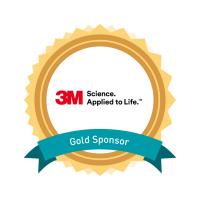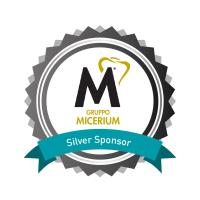Abstract
When Craniomandibular Disorders Affect the Craniofacial Development
by Galluccio Gabriella
Everyday research and clinical practice often lead to the diagnosis of craniomandibular disorders in both childhood and adolescence. Certain clinical conditions are undoubtedly able to influence mandibular growth in a well-defined manner leading to the onset of facial dysmorphisms and malocclusions. From the most complex cases, it is therefore also possible to draw indications on the potential influence of functional alterations on facial growth. The orthodontist, who is often the first to functionally analyze patients at an early age, must be able to identify the presence of dysfunctions so as to be able to detect, and if possible intercept, their effect on facial development. Particular attention must be paid to the early identification of dysfunctional pictures in particular with intra-articular disorder components. The definition of RCDs for pediatric age has brought an important element in the identification of dysfunctional pathological pictures in children and adolescents and has added a fundamental aspect to the standardization of diagnostic procedures. This also allows for an easier exchange of information with other healthcare professionals in charge of the medical management of the growing patient such as the pediatric dentist and pediatrician.
Learning Objectives
After this lecture, you will be able to increase orthodontists' awareness of the prevalence of craniomandibular disorders in the pediatric age.
After this lecture, you will be able to analyze the influence of specific pathological pictures on craniofacial growth.
After this lecture, you will be able to urge the application of specific diagnostic protocols for pediatric age.












